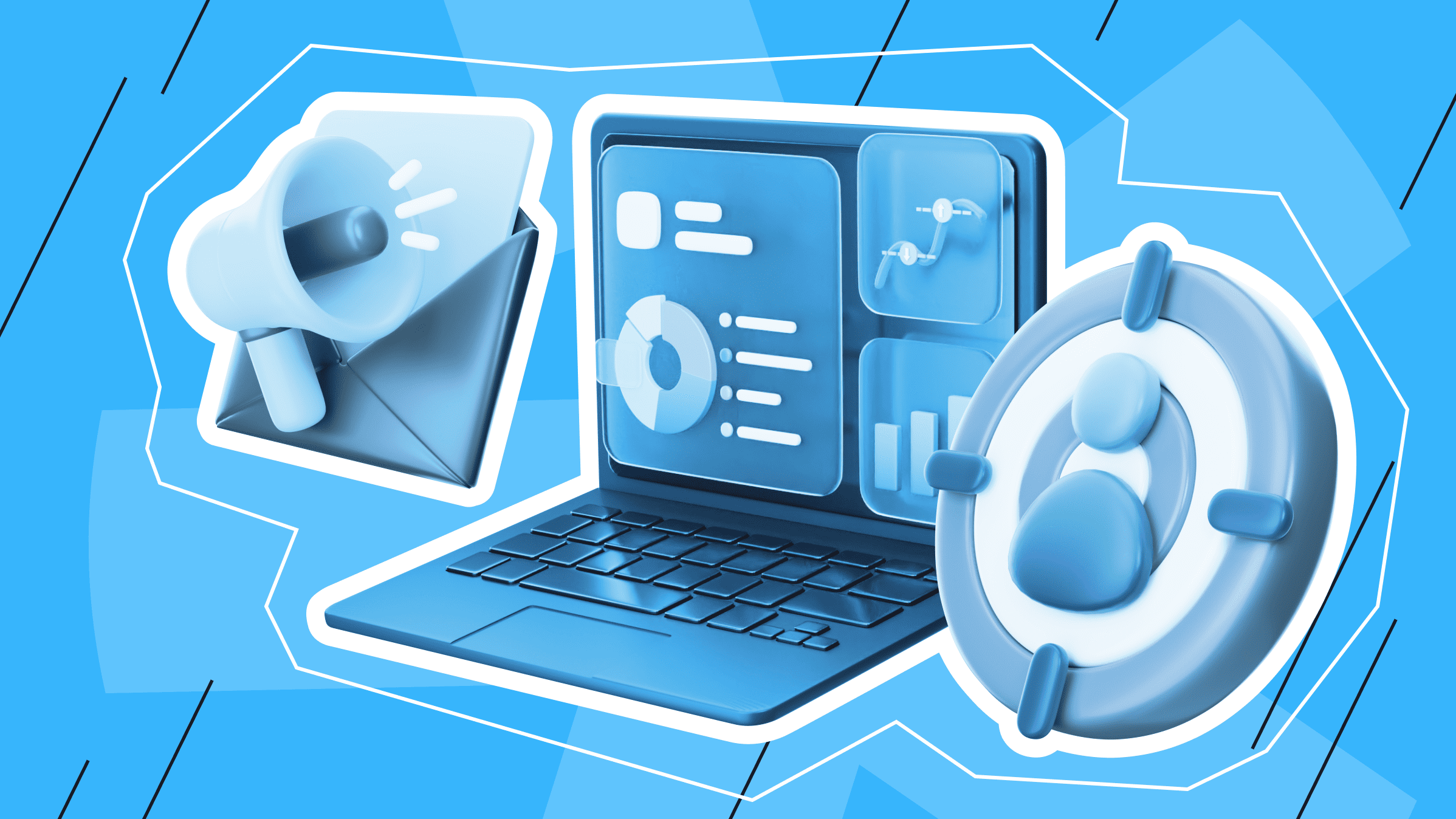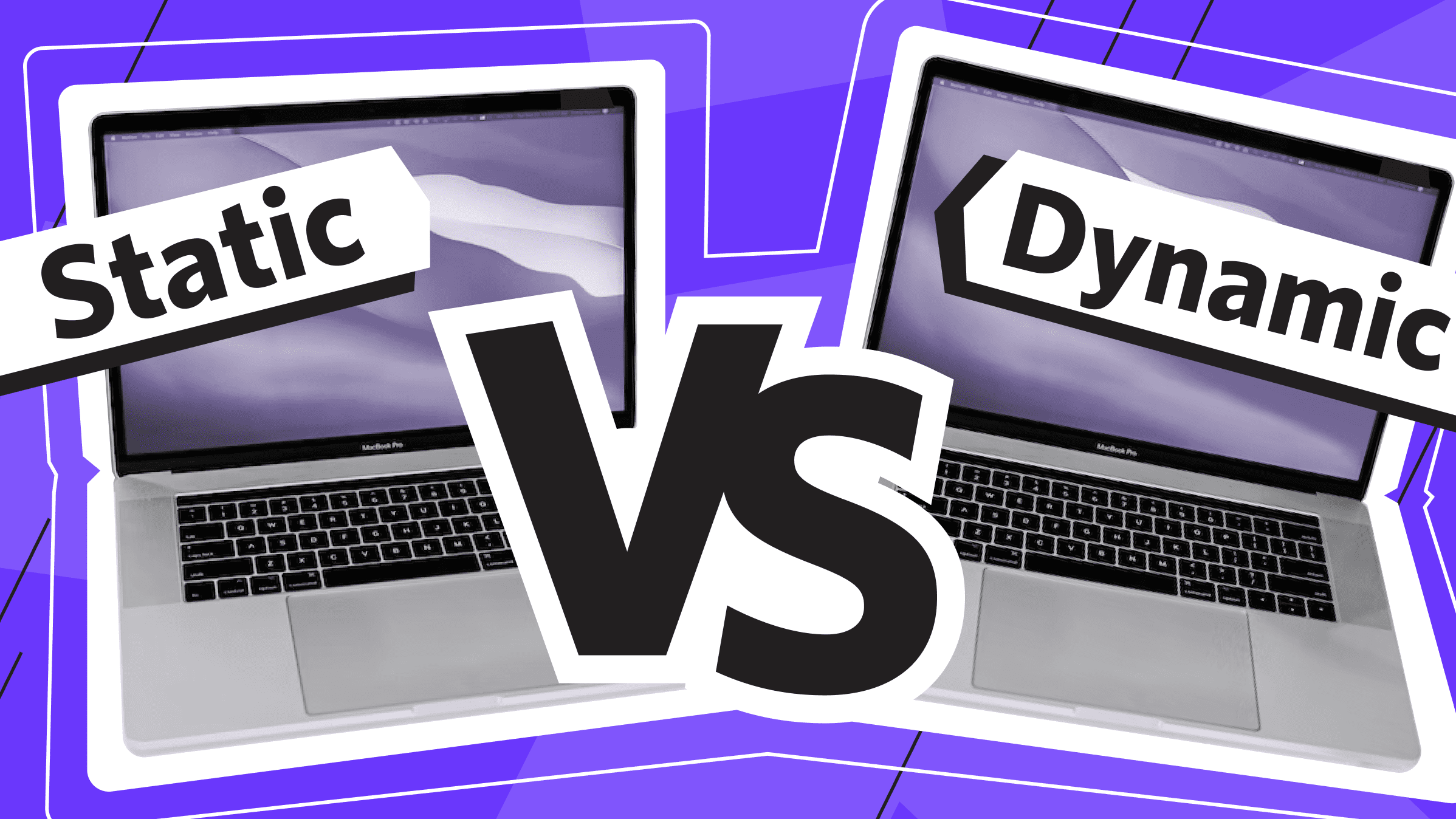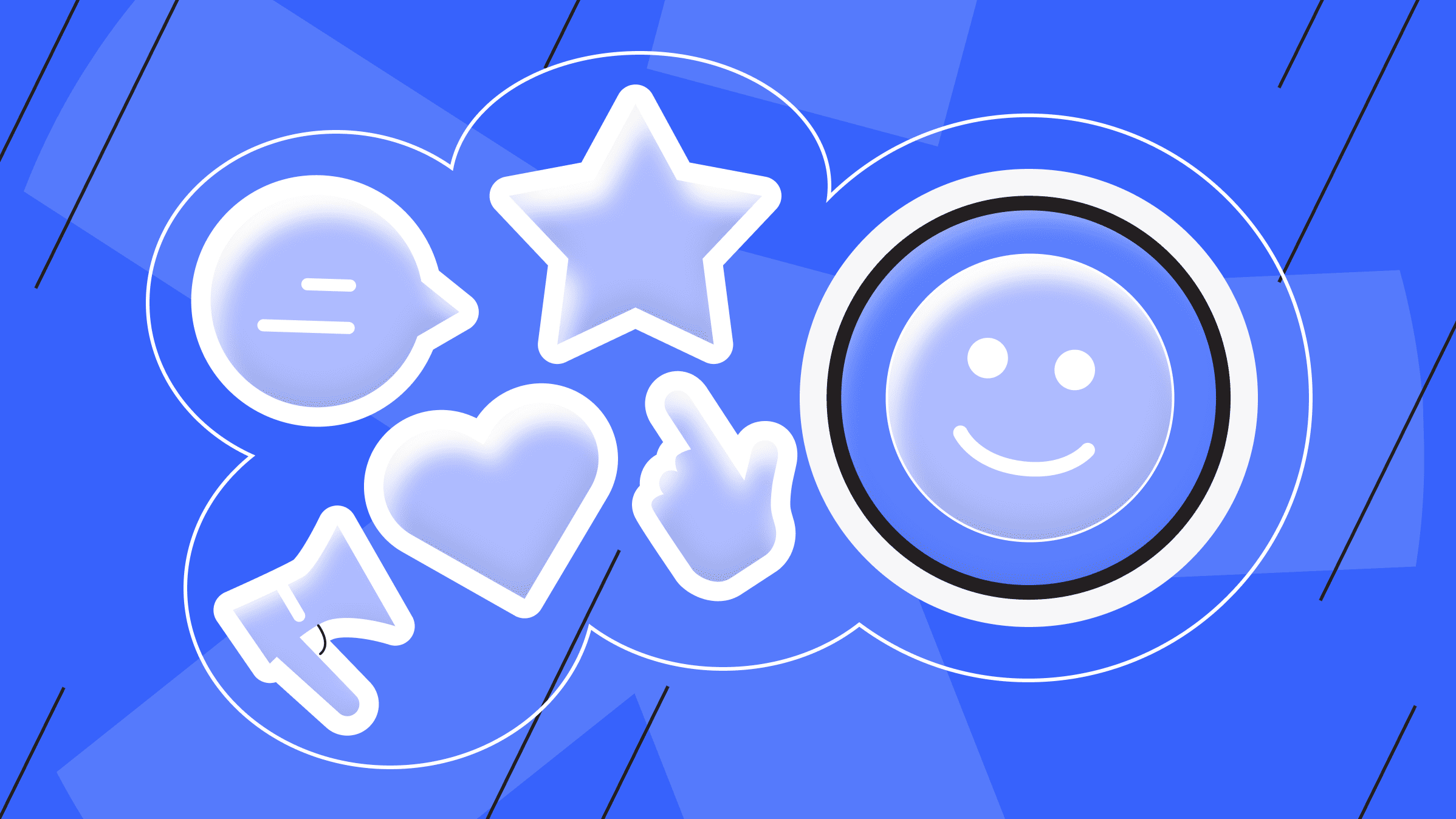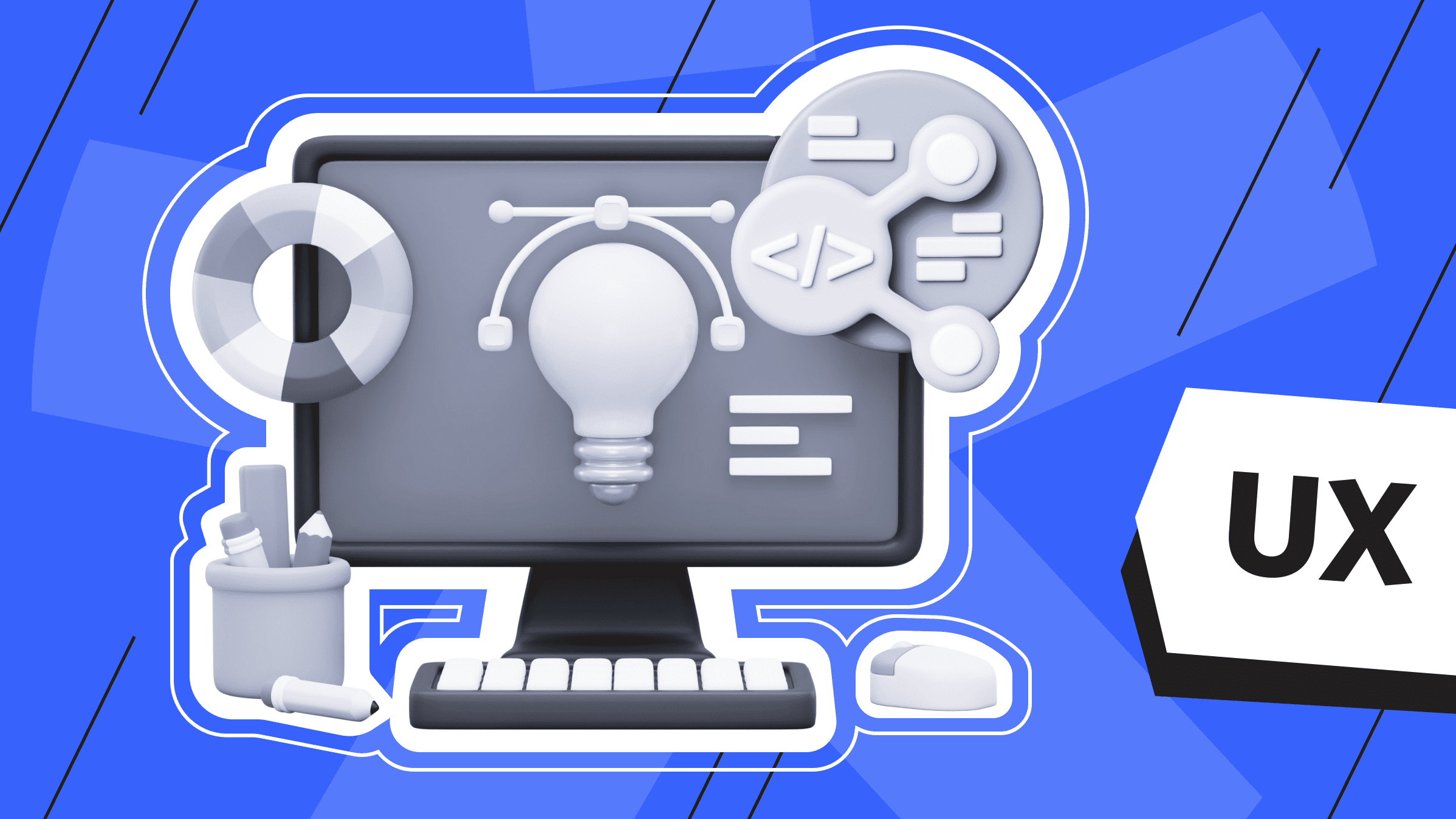
At the end of the 20th century, Elias St. Elmo Lewis created a model highlighting the stages of a buyer's relationship with a company. The AIDA model—Awareness, Interest, Desire, and Action—shows that every purchase follows these key steps. While marketing has evolved, the basic stages of the funnel still reflect the AIDA model.
Today, you may not see the classic model, but you will see how companies across different industries apply the digital marketing funnel in their strategies. Why is this important? You'll find out next as we explore the marketing funnel's stages, problems, and methods.
What is a Digital Marketing Funnel?
A digital marketing funnel maps a potential customer’s journey, from first encountering a brand to making a purchase and beyond. Think of it as an inverted pyramid: at the top, a broad audience is learning about your product for the first time, while at the bottom, loyal customers continue to engage.
The classic funnel consists of several key stages:
- Awareness – The customer is familiar with the brand through advertising, content, SEO, or social media.
- Consideration – They evaluate the product by researching benefits, reading reviews, and exploring case studies.
- Conversion – They take action, whether making a purchase or completing another targeted activity.
- Loyalty – The customer remains engaged, makes repeat purchases or targeted actions, and recommends the brand to others.
But we’ll dive deeper into these stages later!
For beginners, the digital marketing funnel is a structured way to understand how to acquire and retain customers. For seasoned pros, it's a tool for identifying bottlenecks and optimizing the customer journey.
Modern funnels are more complex than ever. Customers don’t always follow a linear path—they can enter at any stage and interact with a brand in various ways. Successful marketing isn’t just about the funnel; it’s about building lasting relationships with your audience.
Importance of Understanding Customer Behavior

The key to success in digital marketing is not only driving traffic but also understanding how users interact with your product. Knowing what motivates them, where they lose interest, and what factors influence their decisions can help you optimize your digital marketing funnel and increase conversions.
For example, why does someone click on an ad but not place a bid? Why do some people purchase immediately while others need several interactions with the brand? Answering these questions allows you to develop more personalized strategies and meet your potential customers’ needs effectively. Tools like Google Analytics help track user behavior, providing valuable insights into what works and what doesn't in your digital marketing strategy.
Analyzing user behavior is especially important in the digital space because the funnel for digital products (such as SaaS, mobile applications, and subscription services) is often non-linear. A person might see an ad, read reviews on social networks, try a demo, and then decide to take action. Understanding customer journeys enables businesses to create more effective engagement strategies and improve conversion rates.
What does user behavior analysis provide?
- Increased conversions at every stage through personalized scripts.
- Improved UX/UI to simplify the user journey.
- Reduced churn through engaging mechanics (such as onboarding and triggered email series).
- Increased LTV through effective monetization and repeat sales.
Without understanding how users make decisions, you could end up spending a budget on engagement efforts, only to lose potential customers at the activation or first purchase stage. Leveraging tools like Google Analytics can help identify drop-off points and optimize the user experience for better retention and conversion.
Digital Marketing Funnel Metrics
To evaluate how well your funnel is performing, it's crucial to monitor key metrics. Standard marketing metrics aren't enough for online products, so it’s important to look beyond traffic and conversions and focus on the depth of user engagement. A well-structured digital marketing strategy should account for not just acquisition but also retention and long-term growth.
- Conversion Rate – The percentage of customers who move to the next stage of the funnel (e.g., registration, activation, purchase).
- CPL (Cost Per Lead) – The cost of acquiring a potential customer.
- CPA (Cost Per Acquisition) – The cost of acquiring a paying customer.
- LTV (Lifetime Value) – The total revenue a customer generates throughout their relationship with the product.
- Churn Rate – The percentage of users who stop using the service.
- Retention Rate – The percentage of users who remain active after a certain number of days (e.g., D1, D7, D30).
- Activation Rate – The percentage of users who have registered and performed a targeted action (e.g., created an account, placed their first order).
For example, if a mobile app has a high churn rate but a low activation rate, this signals that onboarding needs improvement. If customer retention drops, consider adding retention mechanics like personalized push notifications, email chains, or gamification. Mapping out customer journeys can help identify friction points and optimize interactions at every stage.
If the majority of your audience is "stuck" in the consideration stage, it's time to refine your content or add social proof (such as case studies or testimonials). The ultimate goal is to convert engaged users into paying customers, ensuring sustainable growth and profitability.
Why is it essential? The better you understand these numbers, the better you can manage and improve your results.
This ideal solution for large-scale projects offers unbeatable protection, high performance, and flexible settings.
Types of Digital Marketing Funnels
Marketing funnels vary depending on your business, product, and audience. In the case of digital products, a more flexible approach to funnel categorization is needed, as users can "enter" a funnel at different stages and through various channels, including advertising, referral programs, etc.
Here are some types of digital marketing funnels for online products:
- Subscription funnel. Used for SaaS services with a subscription model. It includes stages of attraction, free trial, activation, retention, and upsells (additional sales).
- Freemium funnel. The user gets basic access for free, and monetization happens through paid features. Analyzing user behavior and offering a timely upgrade to a premium account is essential.
- Product-Led Growth (PLG) funnel. The product itself becomes the primary marketing channel. For example, a free tool in the digital space that attracts new users (e.g., a free VPN with limited traffic).
- Referral funnel. Users attract new customers through a referral program in exchange for bonuses or discounts (common in fintech, marketplaces, and mobile apps).
The overall goal often isn’t just to attract customers but to create an entire ecosystem where users take targeted actions, stay engaged, and recommend the product to others.
These are just a few examples of digital marketing funnels — many more exist. The marketing funnel will vary depending on your goals, type of engagement, and other factors. And while you can create your own system, there are universally accepted funnel stages.
Difference Between B2B and B2C Funnels
While B2B and B2C marketing funnels follow similar stages, from awareness to purchase, there are key differences based on the target audience, process length, and content that make each approach unique.
Digital Marketing Funnel for B2C
For B2C products, the buyer is an end user who is most likely making a purchase for personal use. This could be a subscription to a streaming service, an app purchase, an online course, or digital content. These users' behavior is largely driven by their needs, interests, and emotional factors.
Key factors influencing B2C purchasing include user reviews, a trial period, or a discount for the first month. An overly complicated purchase process can push customers toward competitors with a more straightforward interface.
In general, a more detailed description of the main stages of the funnel is appropriate for B2C.
Digital Marketing Funnel for B2B
B2B audiences are companies looking for solutions to improve business processes. The decision-making process here is much more complex, as it may involve multiple stakeholders. For example, a company may seek data warehousing solutions, automation tools, project management software, and other products. The decision process, and consequently the marketing sales funnel, can take weeks or months as the product must solve specific business problems.
The process often includes product demonstrations, technical consultations, and lengthy discussions about terms and conditions and contract signing. As a result, the digital marketing funnel and buyer's journey is typically longer than the B2C funnel and often involves more interactions.
To adapt the classic B2B digital marketing funnel, it’s necessary to split it into several stakeholder levels, as the decision is made by multiple specialists. Instead of focusing on immediate conversions, a lead nurturing strategy must be developed. For B2B, it’s important to capture and track leads accurately at each stage of the funnel.
Main Stages of Digital Marketing Funnel

The digital marketing funnel outlines the steps a user takes before becoming your customer. For digital products, this process can be non-linear—users may skip steps, go back, or decide after an extended analysis.
However, the key stages of the marketing funnel remain the same.
Awareness
This is when a potential customer first discovers your product. The focus here is on grabbing attention, communicating value, and laying the first foundation of trust.
Effective strategies at this stage of the digital marketing funnel:
- Content marketing funnel. Blogs, articles, videos, and podcasts that address audience problems.
- SEO and ASO. Website and app optimization to approve visibility in search results.
- Targeted and contextual advertising. A fast way to reach the right audience.
- Social media. Organic content and paid ads on Instagram, TikTok, X (Twitter), and LinkedIn.
- Influencer marketing. Partnering with bloggers and influencers to expand reach.
At this stage, the goal isn’t to sell—it’s to attract attention and generate interest. If someone sees an ad, follows your social media, or visits your website, they’ve taken the first step.
Consideration
At this point in the buyer's journey, the user is interested but has not decided. They may compare competitors, read reviews, and research product features.
How can you stay in a prospect's field of vision? Make sure you use the following methods:
- Case studies, customer testimonials, and UGC content. This is proof that the product works and solves customer problems.
- Trial or demo access. This allows potential customers to try the service risk-free.
- Email marketing and dedicated social media channels. These extra touches highlight the value of your product. You can also include personalized content here. According to Aberdeen, personalized emails increase click rates by 14% and conversions by 10%.
Provide maximum access to information about your products, address potential customers' fears and doubts, and make it easy for them to evaluate your product. This is how you increase the chances of them moving to the next stage of the funnel rather than choosing a competitor.
International infrastructure with exceptionally reliable equipment in the best data centers.
Conversion
This is the moment you’ve been working toward — when a user decides to register, subscribe, or make a purchase.
Here’s what you can do for the customer at this stage in the digital marketing funnel:
- Simplify UX/UI. Minimize the number of steps to a targeted action. Make registration, checkout, or subscription effortless.
- Use strong CTAs. Provide clear, compelling calls to action without leading customers off the buying journey.
- Offer limited-time or customizable solutions. Discounts, bonuses, and special offers can drive conversions.
- Offer "painless" payment options. Offer convenient payment methods, including traditional bank payments, cryptocurrency, Apple Pay, Google Pay, etc.
- Reduce buyer anxiety. Highlight guarantees and return policies to build confidence.
A fast and convenient customer experience helps users glide through this stage of the digital marketing funnel.
Retention and Advocacy (Loyalty)
Remember that retention is often cheaper than acquisition! The longer a user stays in the ecosystem, the higher their LTV and loyalty.
At this stage, key strategies include email sequences, helpful tips, and tutorial videos to help customers understand the product, loyalty programs, gamification, and quality support.
For example, in a mobile meditation app, a user who downloads the app but hasn’t completed their first session might receive a push notification: "Your first meditation awaits you. Start with just 3 minutes of relaxation!"
Leverage behavioral data to personalize the experience—track what users watch, download, or interact with, then create personalized recommendations and implement automated reminders.
Spotify, for instance, curates “You Might Like” playlists and “Mixes of the Day” based on a user’s listening history.
When users feel valued, they stay longer. That's where loyalty programs, cashback offers, and bonuses come into play.
Dropbox incentivized referrals by offering +500MB of free cloud storage for each invited friend, family member, or coworker, up to 16GB of additional storage in total.
Can loyal customers become ambassadors? Absolutely. Loyal customers are the best marketing channel. Their recommendation works better than any advertising. Encourage advocacy through UGC campaigns or viral features that resonate with your desired audience. If your customers love the product, give them ways to promote it, such as a referral program or special incentives.
Airbnb’s "Superhost" program rewards top hosts, incentivizing higher service quality and a sense of pride in using the platform.
In the end, everyone wins—users get to enjoy a better experience, while businesses benefit from sustainable growth and powerful word-of-mouth marketing.
Tips for Building an Effective Digital Marketing Funnel

Creating a digital marketing funnel isn’t just about creating ads or email newsletters. It is a complex system designed to attract, nurture, and convert audiences. The key to success is understanding where a customer is in their journey and tailoring interactions to match their level of engagement.
Every effective B2B or B2C digital marketing funnel is divided into three key levels:
- TOFU (Top of Funnel) – Attracting traffic and raising awareness.
- MOFU (Middle of Funnel) – Engagement, warm up, and objection removal.
- BOFU (Bottom of Funnel) – Conversion, sales, and retention.
Let's break down each stage with practical examples and tips.
TOFU
At the top of the digital marketing funnel, users are unaware of your product. Your goal is to maximize your reach while still attracting relevant audiences. A conventional sales funnel may not be flexible enough, so consider these strategies.
Rather than targeting everyone, break your audience into hyper-precise segments. For example, if you're promoting digital marketing funnel software, agencies may prioritize scaling and automation cases, while enterprises focus on ROI data and CRM integration.
The more precise your segmentation, the higher your conversion rates in later stages.
When people first encounter a brand, they won’t immediately understand the product in depth. A quick and compelling "hook" is necessary to pique their interest. Instead of saying, "Our software will help automate marketing," try "How can you cut marketing time by 2X?"
The same material can be used across multiple channels by tailoring the content to the audience. A long-form blog post can be broken into a series of LinkedIn posts and then condensed into a short-form TikTok video.
TOFU digital marketing funnel example:
A company selling SaaS data analytics solutions launches a blog and publishes articles like “How to improve sales analytics in e-commerce?” The content is distributed across multiple channels. Readers are attracted by the content, subscribe to the newsletter or channel, and enter the next stage of the funnel.
Key TOFU metrics:
|
Metric |
Description |
|
Website Traffic |
Measures how many people visit your website. High traffic can indicate good engagement with your product or brand. |
|
Reach |
The number of unique users who have seen your content or ad. This essential metric assesses how widely your content has been shared. |
|
Impressions |
The number of times your content is viewed in total. This helps evaluate how often your content is being viewed by your target audience. |
|
Click-through Rate |
The percentage of people who clicked on your content or ads. This is an important metric for evaluating the attractiveness of your promotional materials. |
|
Engagement Rate |
The number of likes, reposts, comments, and other interactions with your content. A high score indicates that the content is generating interest from your audience. |
MOFU
At this stage, there is interest, but uncertainty about the purchase remains. Your goal is to build trust and overcome objections. By understanding customer behavior, you can guide them seamlessly through the journey!
A typical email marketing funnel (subscribe→receive three emails→buy or unsubscribe) is often ineffective. Instead, a dynamic, multi-level system of interactions works better:
Opened but didn't click → Send additional materials.
Clicked but didn’t register → Show retargeting ads with case studies.
Registered but not activated → Offer a demo with an expert.
People are rarely ready to buy right away, especially in B2B. Customers need to take small steps toward commitment. Accessible, informative materials help lower the psychological barrier to purchase.
Put yourself in the customer's shoes: "What if it doesn't work?" or "Is it worth the money?" Address these doubts using case studies with concrete numbers and examples, reviews from real customers, and third-party validation (e.g., Trustpilot, G2).
MOFU digital marketing funnel example:
A user downloads a free guide on how to set up ads in Meta. They then receive a series of emails with tips on targeting ads, customer cases, and an invitation to a webinar. At the webinar, they are offered a free 7-day trial of the analytics service.
Key MOFU metrics:
|
Metric |
Description |
|
Number of Leads |
The number of users who showed interest, filled out a form, subscribed to a newsletter, or took another targeted action. |
|
Conversion Rate (CR) |
The percentage of users who completed a targeted action out of the total number of visitors. |
|
Time on Site |
The amount of time users spend on your site or a particular page. This can indicate interest in a product or service. |
|
Bounce Rate |
The percentage of users who leave the site without taking action. A low number may indicate a high level of engagement. |
BOFU
The customer is already warmed up, but that doesn't guarantee they will buy. Your job is to remove the final barriers and accelerate the decision-making process.
The more steps required, the higher the risk of losing a customer. Ensure the buying process is as seamless as possible—offer a quick checkout, multiple payment options, flexible scheduling for calls (instead of "leave a request," say "book a convenient time"), etc.
If you notice that a customer is putting off a purchase, trigger notifications and messages can create a sense of urgency, such as "Pay this month and get +2 months free."
Remember, a purchase isn’t the end of the funnel—it's the beginning of a long-term relationship. Success comes from guiding users based on their intent and behavior at each stage.
BOFU digital marketing funnel example:
A customer tries a SaaS product for seven days. On the fifth day, they receive an email: "Your trial is about to expire – renew now and get +1 month free! Meanwhile, retargeting ads are triggered on social networks to reinforce the offer.
Key BOFU metrics:
|
Metric |
Description |
|
Sales Qualified Leads (SQL) |
Leads who are ready to buy or are in the decision stage. These leads usually have a high potential to become customers. |
|
Customer Acquisition Cost (CAC) |
The cost of acquiring customers helps you assess resource efficiency. |
|
Conversion Rate (CR) на покупки |
The percentage of leads that become paying customers. This is one of the most important indicators of funnel success. |
|
Average Revenue Per User (ARPU) |
Average revenue generated per user or customer. This measures the financial efficiency of working with customers. |
After BOFU comes customer retention. We recommend paying attention to Churn Rate, CLTV (Customer Lifetime Value, a measure of a customer's total value to the company throughout your relationship), and NPS (Net Promoter Score, indicating customer satisfaction and their likelihood of recommending your product).
How to Simplify the Process of Building a Digital Marketing Funnel

Use marketing funnel software to create funnels.
You don't need to build everything from scratch. Several services help automate key processes:
- Digital marketing funnel builders and CRM: HubSpot, ActiveCampaign, GetResponse.
- Automation integration tools: Zapier, Make (Integromat), IFTTT, Zoho Flow.
- Lead generation tools: Unbounce, ClickFunnels, Landingi, Leadpages.
Set up digital marketing funnel automation.
Automated email series, retargeting, and triggered push notifications help retain and move customers down the funnel. Kartra, Freshworks, or Pipedrive can handle these automations effectively.
Test and optimize.
- Where are users getting lost? Analyze conversions at every stage.
- Which channels are more effective? Use UTM tags and A/B tests.
- What content converts better? Keep an eye on engagement.
The digital marketing funnel isn’t just a few steps; it’s a dynamic system that must adapt to users. That's why it's important to work meticulously, even with automation systems in place.
Conclusion
The digital marketing funnel directly impacts your bottom line. Without a clear strategy, you risk losing customers at each stage (TOFU, MOFU, BOFU).
The cardinal rule: don't rush the sale. Generate interest at the top, build trust in the middle, and then offer to buy.
Remember that data is more critical than guesswork. Constantly analyze where users fall off the funnel to optimize for bottlenecks. Automating digital marketing funnels saves time and money.
Companies that build flexible, thoughtful funnels create a loyal audience that keeps coming back for more. We hope these insights help you develop a successful digital marketing funnel!
VPS
Choose the suitable configuration and enjoy all the benefits of a virtual private server.
From $5.00/mo

